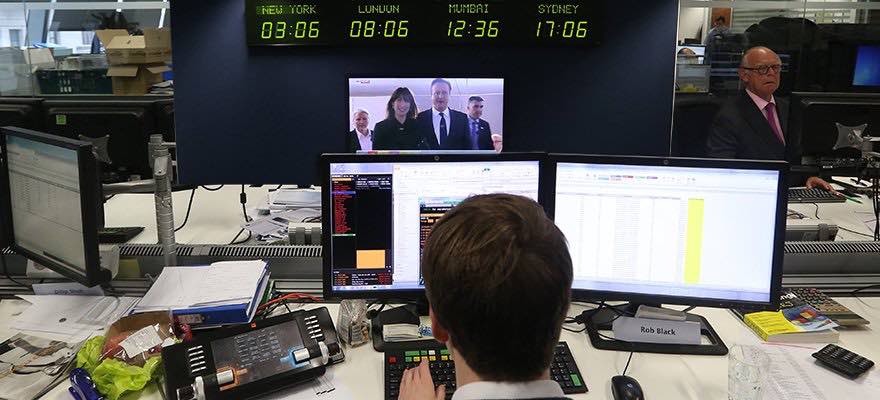GAIN Capital’s (NYSE:GCAP) latest quarterly filing with the US Securities and Exchange Commission (SEC) has registered an increase in revenues and other operations for the period ending September 30, 2017. Of note, GAIN also paid $7.2 million to FXCM for client accounts by the end of Q3.
Time is running out to get your seat. Register today!
[gptAdvertisement]
Earlier this year, GAIN Capital signed a definitive agreement with FXCM to buy the foreign exchange broker’s US client base. Since then, a steady transition and payment for the transfer of its accounts has been seen.
More specifically, GAIN Capital paid $500 for every account that executed a trade during the initial 76-day period, as well as $250 for every account that executed a trade in the 77 days following the initial transaction. Per the latest 10-Q filing, GAIN paid $7.2 million to FXCM as consideration for the purchased accounts for the period ending September 30, 2017.
By extension, a Q2 filing back in August 2017 had shown a similar payment of $7.0 million, constituting a small increase on a quarterly basis. Looking closer at its Q3 filing, GAIN Capital reported a steady increase in revenues, though expenses saw marked growth during the quarter.
Growth strategy remains intact
This included a hike in selling and marketing expenses for Q3 that were confined to increases in marketing expenditures for GAIN’s retail segment to help drive its organic growth strategy. Regulation also looms large for the brokerage heading into year’s end.
Moreover, part of GAIN’s growth strategy is to enter new markets, which includes maintaining compliance with new regimes and jurisdictions, often at large cost. Evolving regulatory requirements and other changes in regulatory requirements could necessitate small changes in its business practices.
One element of this that GAIN pointed to was contracts-for-difference (CFDs) regulations, which could be poised for a change in 2018. Recall that a previous decision to implement new rules for CFDs was delayed by the European Securities and Markets Authority (ESMA) for further review, which will likely lead to new rules to regulate the CFD industry in 2018.

















